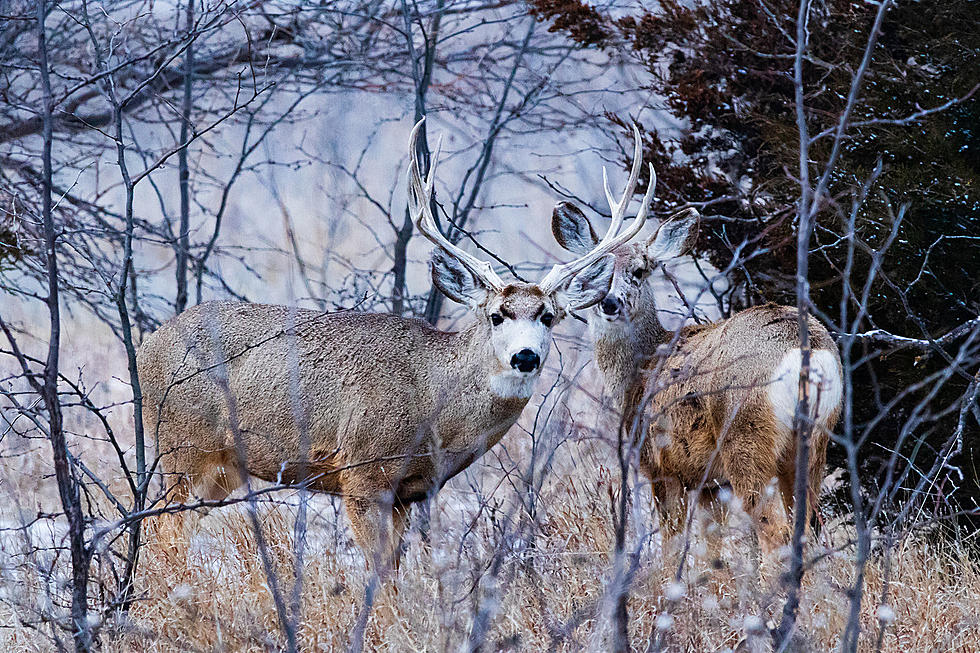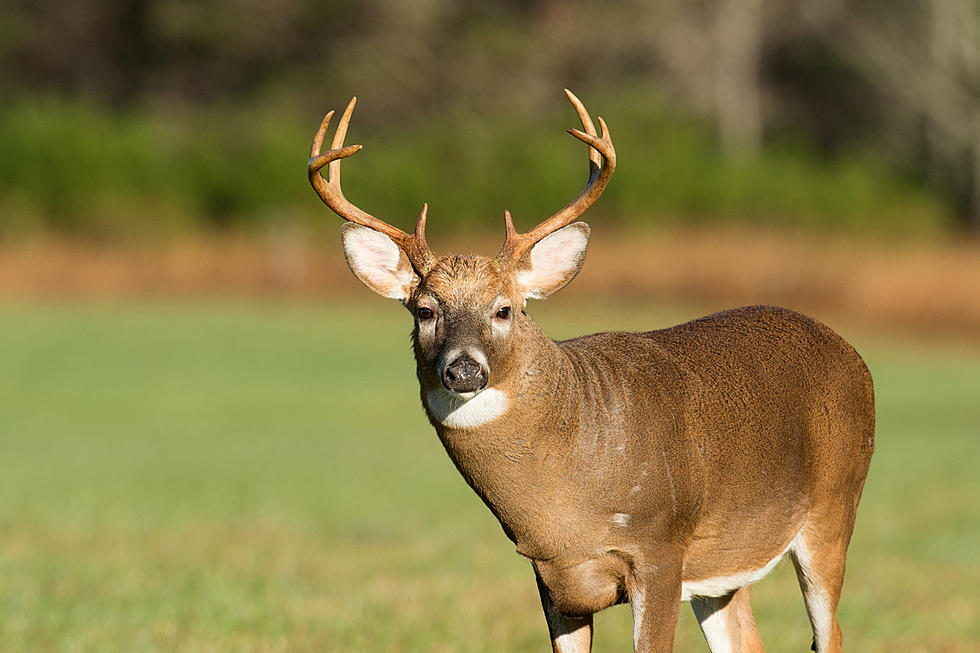
Missoula Deer Deaths Likely Caused by Disease Never Seen in Missoula Before
Early reports of otherwise healthy deer falling over dead in Missoula began pouring in to Montana Fish, Wildlife and Parks officials around mid-September. Since then, more than 400 whitetail deer carcasses have been found in Missoula, and now authorities have proof of what likely led to the die-off.
"We got our first of a series of test results back from the lab," said Montana FWP spokeswoman Vivica Crowser. "These samples were from the deer that were in the heart of the outbreak area: the area west of Missoula, kind of between Missoula and Frenchtown. Those deer tested positive for EHD or epizootic hemorrhagic disease. We are still waiting on a number of other samples to see if they're all EHD, but what we see so far confirms that."
If EHD is indeed the main or only culprit then the die-off may be close to an end.
"Luckily, with EHD, it is something that ends with a really heavy frost. We might already be there, but we do continue to get reports of dead deer. A lot of the biting midges or gnats that cause the infection probably died in recent frost, but sometimes, deer that were infected before the frost will continue to get sick for another week or two. We may see the effects here just for a short duration and then, with the onset of fall and winter, it should be over."
Perhaps the most scary thing about the occurrence of EHD in Missoula is that it has never occurred here before. In fact, Crowser said this was the first time EHD had been seen west of the continental divide in Montana.
"EHD is something that is possible to see every season," Crowser said. "There were a number of EHD outbreaks throughout Montana this year so it is possible it may show itself next year... we just never know."
EHD is unlikely to spread to other species. According to FWP Wildlife Veterinarian Jennifer Ramsey, “Hemorrhagic disease viruses are not contagious from one animal to another and are not transmissible to humans.”
More From KBUL NEWS TALK 970 AM & 103.3 FM









